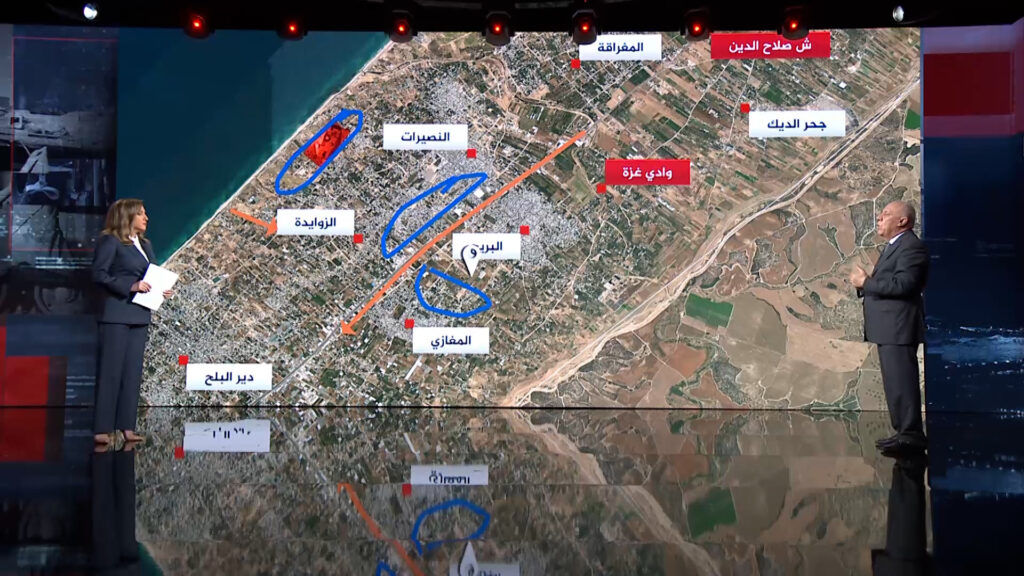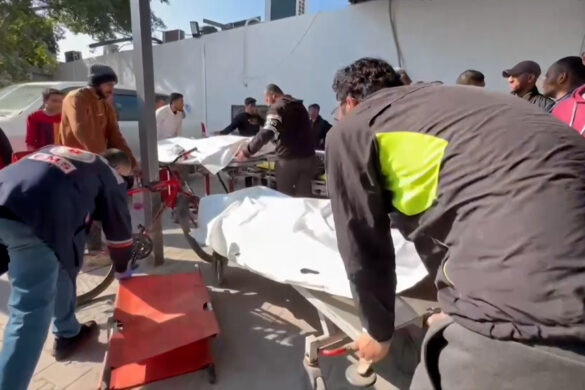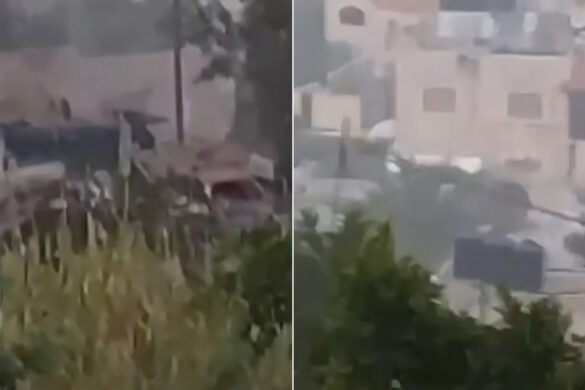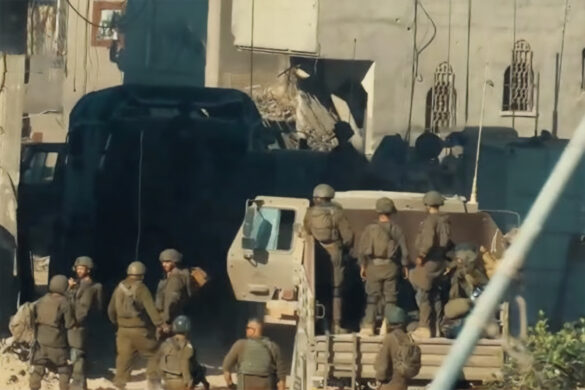The military and strategic expert, Major General Fayez Al-Duwairi, said that the chances of seizing occupation army vehicles in Khan Yunis, south of the Gaza Strip, are greater due to the number of tunnel openings there, which are many times greater than their counterparts in Gaza.
Al-Duwairi explained – during his military analysis for Al-Jazeera – that the number of tunnel openings in Gaza per square kilometer is less than its counterpart in Khan Yunis because the former is a block of cement and connected neighborhoods, unlike the others, which include wide interstitial areas interspersed with partial tunnels that are not connected to the original network, whose goal is to drag the occupation into Strict ambushes.
He added that the Gaza tunnel network was built to handle the worst conditions, deploring the occupation army’s talk of destroying 10 kilometers out of more than 500 kilometers.
He noted that there are three burning fronts in Khan Yunis, the first in Al-Qarara, the actual battle of which began 4 days ago, in addition to Khuza’a, which was prepared defensively in a manner close to ideal, and the occupation may resort to destroying it, as happened in Beit Hanoun in the north, as well as the city of Khan Yunis.
He pointed out that the occupation took advantage of the Al-Mawasi agricultural area, and the former Gush Qatif settlement area, to enter from the western area of Khan Yunis, where its forces reached the areas of the Grand Prison, the station, and the battalion.
He explained that this development prompted the Al-Qassam Brigades – the military wing of the Islamic Resistance Movement (Hamas) – to make an amendment to the defensive zone so as to force the occupation to enter in fragments, “and therefore the resistance caused a higher number of casualties.”
He stressed that the size of the Israeli force, consisting of 8 combat brigades, reinforced by two other brigades, enabled the occupation army to enter, but the real question – according to Al-Duwairi – lies in the extent of confirmation and then control.
Central camps
In the Central Governorate, Al-Duwairi confirmed that the occupation did not achieve any significant achievements despite separating the Al-Bureij, Al-Maghazi, Al-Nuseirat and Al-Zawaida camps from each other through fragmented divisions, attacking some from two directions and others from 3 directions.
He noted the activation of the operations room at the faction level, where roles are distributed among them, while the Al-Qassam Brigades strengthened the communication mechanism between them, as “each battalion defends a camp,” and the papers were arranged based on the requirements of the battle.
The fighting currently taking place in the Central Governorate is limited to the outer shell of the camps, according to Al-Duwairi, who confirmed the resistance’s ability to manage the battle efficiently and effectively.
He pointed out that the defensive plan is based on geographical foundations, and in the central camps the battle was assigned to the sub-units of the defense system, estimating the Israeli attack on the region with 5 combat brigades.
As for what is being circulated about American pressure to force Israel to move to a new phase of the war, the strategic expert considered this a political decision more than a field one, pointing to an almost complete withdrawal of the occupation from the northern Gaza Strip.




